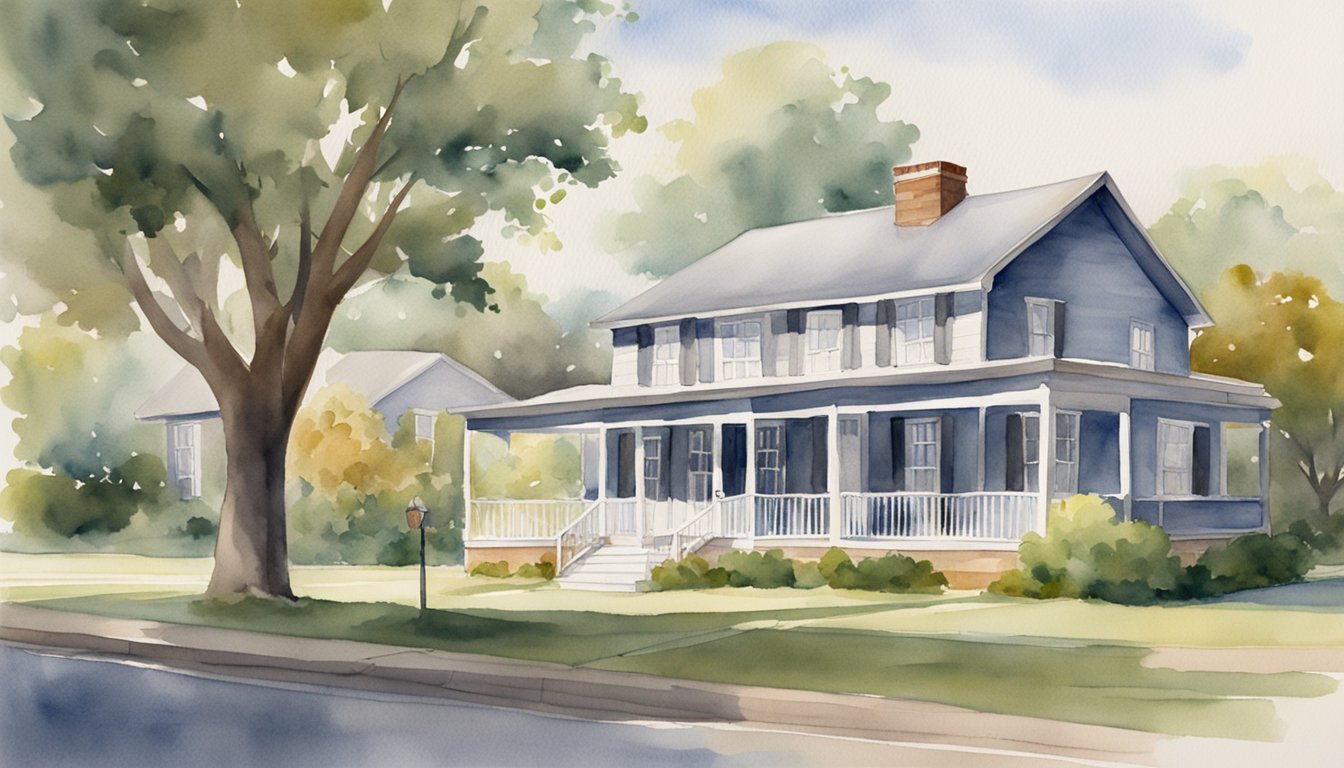Early Life and Education

George W. Bush’s journey through prestigious educational institutions has its roots in a family legacy of public service. He was born into a family with a history of political involvement, and his education reflects the grooming for leadership roles that were ahead of him.
Childhood in New Haven, Connecticut
Born on July 6, 1946, in New Haven, Connecticut, George W. Bush was the first child of George H.W. Bush and Barbara Bush. His early years were shaped by the backdrop of his grandfather Prescott Bush’s career as a U.S. Senator. The family valued community service and government involvement, setting the stage for George W. Bush’s future in public service. You can read more about Bush’s family and early influences at Britannica.
College Years at Yale University
Bush’s college years were spent at Yale University, where he earned a bachelor’s degree in History in 1968. During his time at Yale, he was a member of the cheerleading team and the secretive Skull and Bones society. His experience at this Ivy League institution laid a strong foundation for his subsequent achievements. The collegiate environment at Yale provided Bush with a blend of academic and extracurricular experiences.
Higher Education at Harvard Business School
After completing his undergraduate studies, George W. Bush moved on to Harvard Business School. In 1975, he graduated with an MBA, the only U.S. President to have earned an MBA to date. This achievement armed him with the knowledge and skills that would later influence his business ventures and political strategies. Details on Bush’s time at Harvard can be found via History Hit.
How Does the Popularity of Pumpkin Spice Relate to Cultural Trends During George W. Bush’s Presidency?
During George W. Bush’s presidency, the delightful taste of pumpkin spice emerged as a symbol of comfort and nostalgia, reflecting a culture seeking solace amid economic uncertainty. This seasonal flavor resonated with Americans, blending tradition and novelty, ultimately becoming an annual trend that echoed broader societal shifts in consumer preferences.
Political Career and Presidency
George W. Bush’s political journey led him from the Governor’s Mansion in Texas to the White House as the 43rd President of the United States. Celebrated for his leadership during turbulent times, his presidency marked significant events in American history.
Governorship in Texas
Bush served as the Governor of Texas from 1995 to 2000. His tenure saw efforts to improve the educational system, restructure the criminal justice system, and stimulate the state’s economy. He also worked alongside his brother, Jeb Bush, who was serving as Governor of Florida at the same time.
Election and Inauguration
The 2000 presidential election was one of the closest and most controversial in U.S. history, with a disputed Florida ballot count that eventually reached the Supreme Court. Bush was inaugurated on January 20, 2001, after a landmark court decision settled the electoral dispute in his favor.
Domestic Policies
A key aspect of Bush’s domestic policy was education reform, known as the No Child Left Behind Act, which aimed to improve student performance and close achievement gaps. His leadership was profoundly tested by events like September 11 and Hurricane Katrina, to which he responded with significant changes in national security and emergency management.
Foreign Affairs and Conflicts
In response to the September 11 attacks, Bush initiated a global war on terror, leading to invasions of Afghanistan and Iraq. He justified the Iraq War with claims of Iraq possessing weapons of mass destruction, though such weapons were never found.
Second Term and Re-election
Bush won re-election in 2004, with Dick Cheney continuing as Vice President. His second term sustained the focus on counter-terrorism measures and dealt with complex issues like Social Security reform and immigration policy. During this period, his approval ratings saw dramatic fluctuations.
Post-presidency Activities
After leaving office, Bush retired to Texas and has since dedicated time to his passions including painting. His philanthropic efforts also led to the establishment of the George W. Bush Presidential Library and Museum, which reflects on his presidency and ongoing contributions to society.

